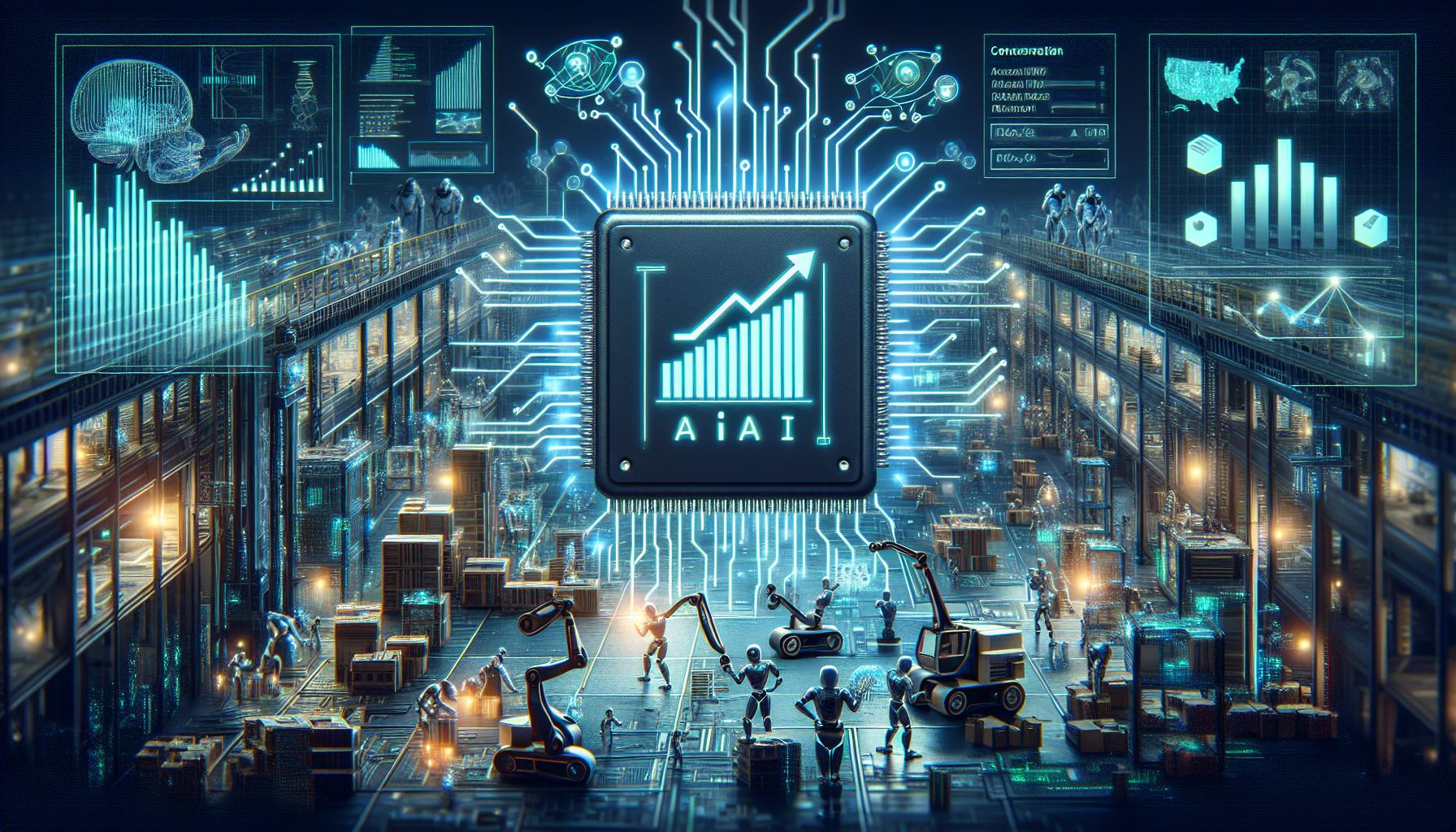Nvidia: Leading the Future of AI Chip Manufacturing

The Financial Ascent of Nvidia
Nvidia's recent financial performance has cemented its position as an industry leader. The company reported a staggering $14 billion profit in a single quarter, a significant indicator of its robust market strategies and forward-thinking innovations. This financial milestone is largely attributed to Nvidia's advancements in AI chip manufacturing, underlining the growing importance of AI technologies in the contemporary technological landscape.
Strategic Shifts in Chip Design
In an effort to keep up with rapid technological advancements, Nvidia's CEO, Jensen Huang, announced a strategic pivot to an annual design cycle for the company's chips. This shift departs from the company's previous biennial release schedule, marking a significant change aimed at enhancing Nvidia's responsiveness to the fast-evolving landscape of AI. Historically, Nvidia's architecture releases include Ampere in 2020, Hopper in 2022, and Blackwell in 2024. The anticipated release of the Rubin architecture in 2025 signifies the new annual update strategy, highlighting Nvidia's unwavering commitment to rapid and continuous innovation.
Backward Compatibility and Sustained Market Demand
One key element behind Nvidia's success is the backward compatibility of its AI GPUs. This design choice allows for seamless upgrades, minimizing disruptions and ensuring that businesses can experience enhanced performance without significant downtime. The backward compatibility ensures customers can maximize their existing infrastructure investments. As a result, there's a sustained high demand for Nvidia's GPUs, driven by their efficiency and performance benefits which translate into cost savings and revenue growth for businesses leveraging these technologies.
Broadening Influence Beyond AI
Nvidia's reach extends beyond AI chips, seeping into various sectors such as automotive and consumer internet. The company has made significant strides in these domains, highlighted by Tesla's acquisition of 35,000 H100 GPUs and Meta's plan to deploy over 350,000 H100 GPUs by the year-end. These large-scale deployments underscore the versatility and widespread applicability of Nvidia's technology across different industries, further solidifying its market presence and influence.
The Significance of Continuous Innovation
Nvidia's move to an annual chip release cycle has profound implications for the tech industry at large. It ensures that Nvidia stays at the cutting edge of AI and computational technology, continuously pushing the envelope on what's possible. This strategy not only helps Nvidia maintain its leadership position in the AI chip manufacturing sector but also fosters heightened competition within the industry, potentially accelerating broader technological advancements.
Conclusion
Nvidia's remarkable financial performance, coupled with its strategic shift to an annual chip design cycle, highlights the company's commitment to continuous innovation and market adaptability. These strategic moves not only cement Nvidia's status as a leader in AI chip manufacturing but also emphasize its critical role in the broader tech industry. As Nvidia continues to push boundaries and set new standards, its influence and dominance in AI and computational technology are expected to persist well into the future.

